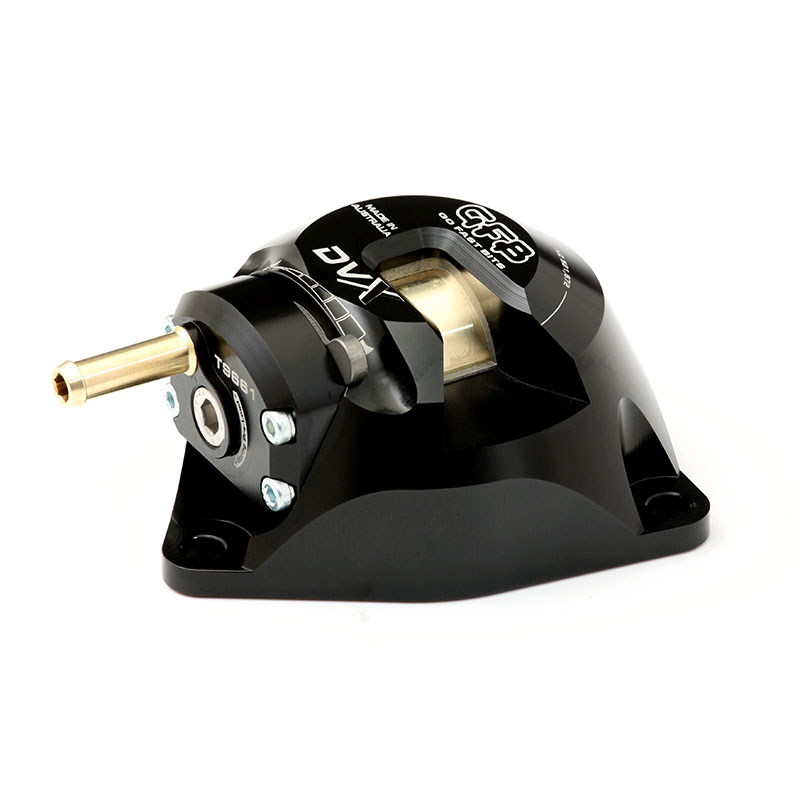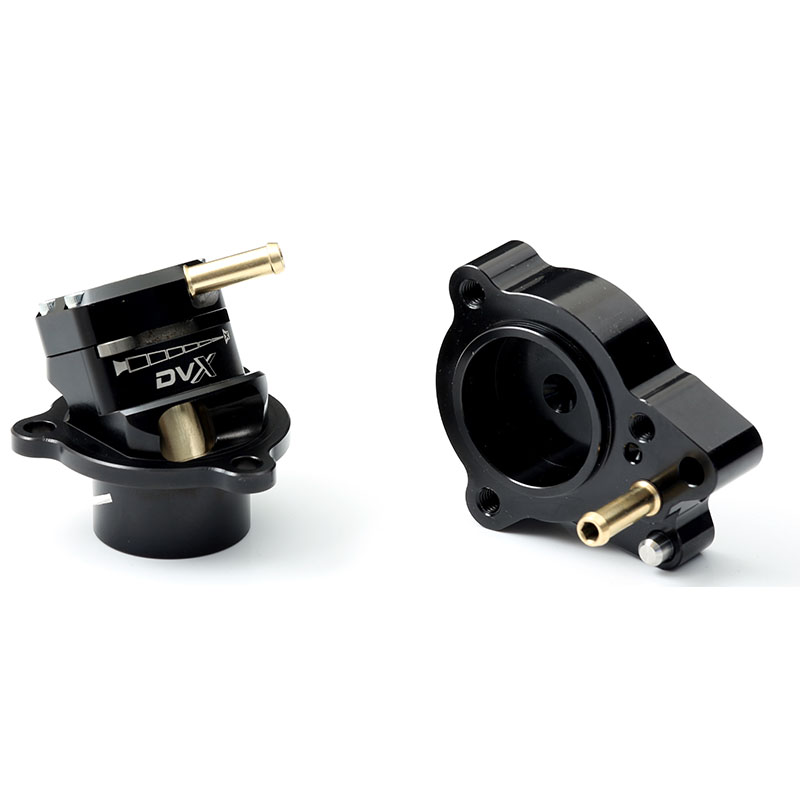What’s in a name?
First of all, let’s get the terminology straight. Compressor surge often goes by many other names (usually in reference to the distinct sound made when surge occurs) such as turkey, pigeon, dove, dose, wastegate chatter, sequential BOV and undoubtedly many others I am not aware of or have yet to be invented!
Whilst I can’t argue that compressor surge noise does share a similarity to the noise made by certain avian species, the remainder of these names are either misleading or flat out incorrect. For example:
Dose:
I have no idea how this name was derived, but it is most commonly associated with the Holden VL Turbo, since no factory diverter valve is fitted and it compressor surges readily. Going further, a “Dose Pipe” typically refers to any type of pod filter arrangement that makes the fluttering sound louder than with a factory airbox, therefore a “Dose Pipe” is not a device that creates the fluttering sound, but rather a means of making it louder.
Wastegate chatter:
This is a term that has found its way into common turbo vocabulary, and is often incorrectly used to describe compressor surge. Whilst it is possible for a wastegate to make a small clattering or rattling noise if it is just at the point of opening (exhaust pulses can make it vibrate on its seat before it lifts clear), it has nothing to do with compressor surge.
Sequential BOV:
Compressor surge is often thought to be the sound made by a specific type of “sequential” BOV. In actual fact, no BOV makes the compressor surge fluttering sound, the noise actually comes from the turbo. This certain “sequential” BOV however is often responsible for causing compressor surge, which is how this misconception propagates.
What is compressor surge?
To the driver, compressor surge is apparent as a fluttering or repeated “choofing” sound, typically when closing the throttle.
Here’s a good YouTube link showing classic compressor surge caused by the absence of a BOV.




